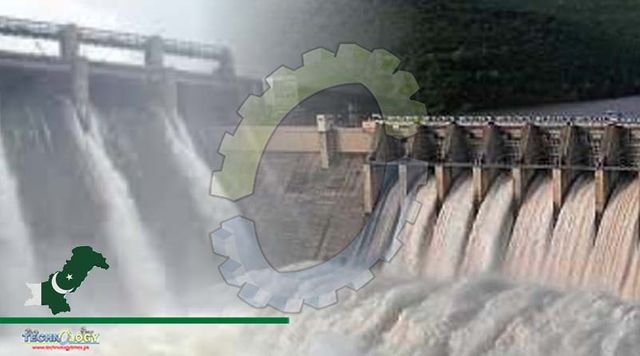Ratle project to cause huge loss to Punjab crops , Pakistan has sought details from the World Bank on how to advance on constitution of Court of Arbitration (CoA) and appointment of Neutral Expert (NE) to resolve the dispute on 330MW Kishanganga project on Jhelum River and 850MW Ratle hydropower project being erected on the Chenab River.

“In case the Ratle project is completed with its objectionable design, Pakistan would have to bear 40 percent loss in water flows destined to reach Head Marala, Sialkot. This means a huge loss to various crops in Punjab. Ratle project, once completed, will directly damage the food basket of the country,” authorities concerned in Pakistan told The News.
Pakistan believes Kishanganga’s poundage should be maximum of one million cubic metres instead of 7.5 million cubic metres, while its intake should be up to four metres and spillways raised to nine metres.
“Yes, Pakistan’s Attorney General Ashtar Ausaf Ali wrote a letter to the World Bank seeking details on how to advance on the constitution of Court of Arbitration (CoA) and appointment of Neutral Expert after the Bank agreed to re-initiate the process to constitute Court of Arbitration demanded by Pakistan and appointment of Neutral Expert asked by India to resolve the design issues of both the projects. Pakistan is of the view that designs of both the projects are violative of provisions of the Indus Waters Treaty,” a senior official of the Law Division confirmed to The News.
The Water Resources Ministry also confirmed the latest correspondence with the World Bank from the Attorney General’s office. Official sources said the Court of Arbitration would be composed of one chairman, two umpires and two arbitrators from Pakistan and two from India. The Neutral Expert is one-man court, which is appointed with consultation of both the countries in the dispute. And in case the two countries could not develop a consensus on one personality, then the World Bank would appoint a Neutral Expert on its own. The World Bank on March 31, 2022 in a letter to the-then Pakistan’s Attorney General Khalid Jawed and Indian Secretary of Department of Water Resources P. Kumar informing about its decision that it has lifted the ‘stay’ it took in December 2016 and announced to reinitiate the process to constitute the Court of Arbitration (CoA).
The World Bank took five years and four months to lift the pause. Pakistan had submitted a petition with the Bank which brokered the 1960 Indus Waters Treaty asking for constitution of Court of Arbitration for the decision on the fate of Kishanganga project built on Jhelum River’s tributary with a design not at par with the provision of the Treaty. Pakistan also took up with the Bank the case of 850MW Ratle hydropower project. India wanted the World Bank to constitute a Neutral Expert for resolving both the projects’ design issues. But the top management of the World Bank took a stay on December 12, 2016, and halted the process to move for the mechanism to resolve the objections raised by Pakistan.
Official sources said the World Bank’s inaction for over five years has provided enough time to India to make Kishanganga project operational and construct Ratle project to a reasonable extent on the Chenab River. So much so, India has submitted to the United Nations its final design of the Ratle project without allaying the concerns of Pakistan for qualifying the carbon credits. India had erected the Kishanganga project with an objectionable design in 2017, one year after the pause taken by the World Bank. Now, it is advancing construction work on the site of the Ratle hydropower project with a design against the provisions of Waters Treaty in line with the objections raised by Pakistan.
Pakistan had written a letter to the World Bank on April 3, 2018, saying the pause taken by the Bank has allowed time to India to erect the Kishanganga project. Pakistan had four objections to the Ratle project; the freeboard should be one metre instead of two metres; poundage should be a maximum of eight million cubic metres instead of 24 million; the intake level should be at 8.8 meters and spillways must be located at the height of 20 metres. As far as Ratle project is concerned, sources said, India has completed significant civil work, including two diversion tunnels, upstream bridge, upstream and downstream roads, and will soon start construction work on the dam portion having a height of almost 134 metres. India will also initiate construction of the pressure shaft and powerhouse.
Source: This news is originally published by thenews